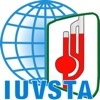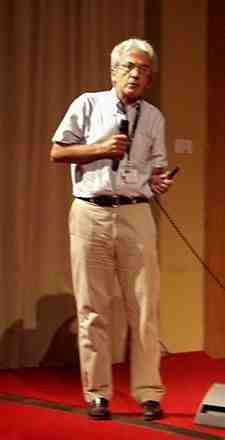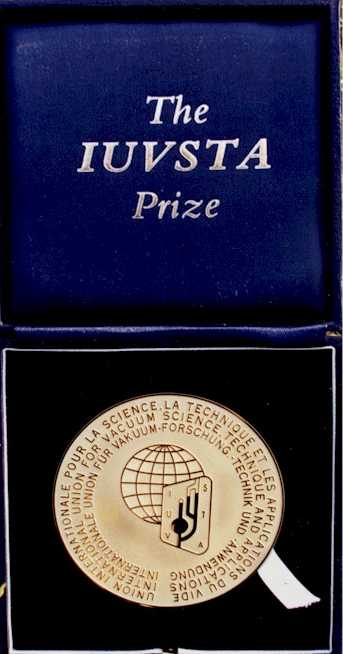 |
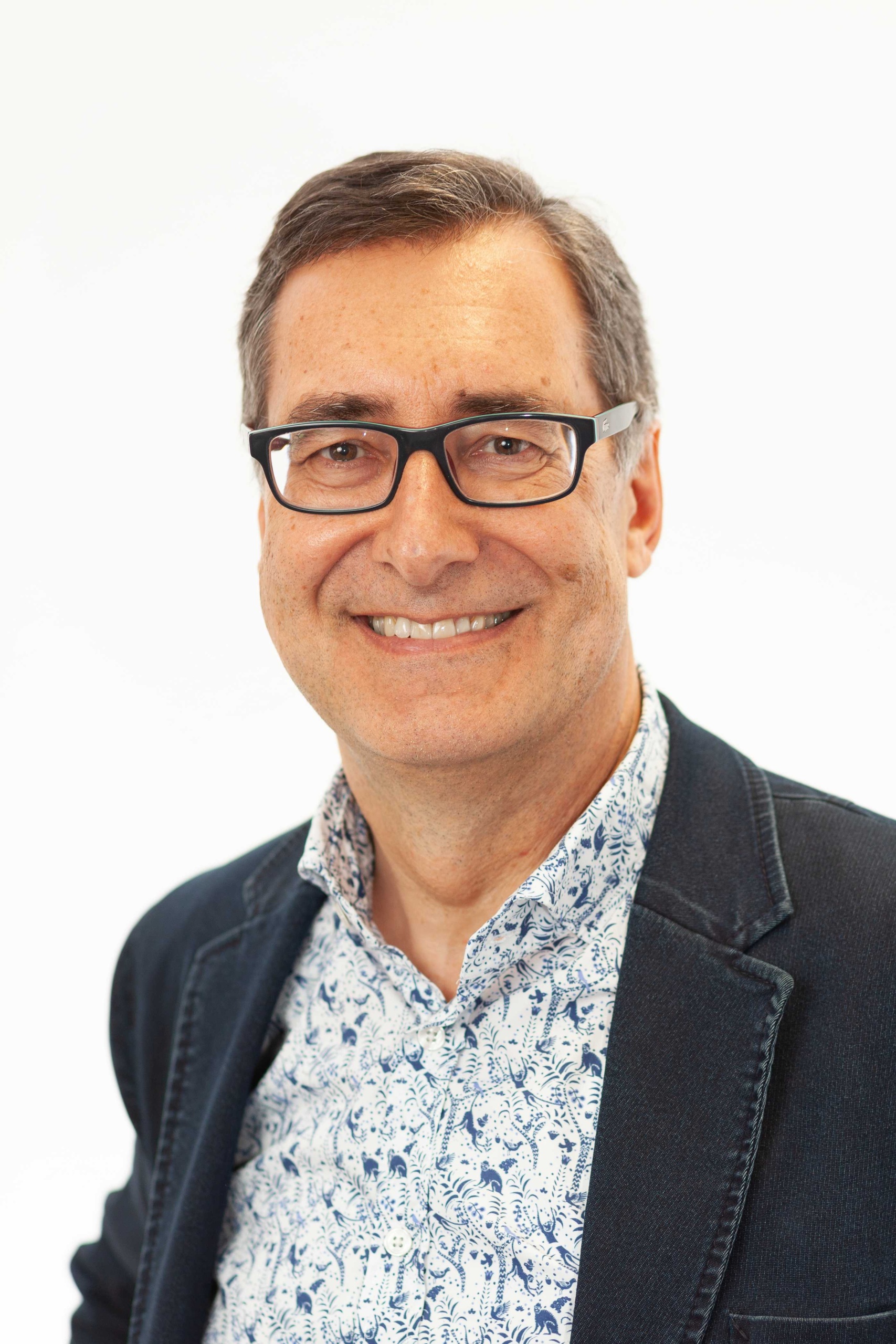
The IUVSTA Prize for Science (2022) was awarded to Prof. Christian Mitterer for his seminal contributions to the materials science of protective coatings and thin films for flexible electronics and hydrogen storage.
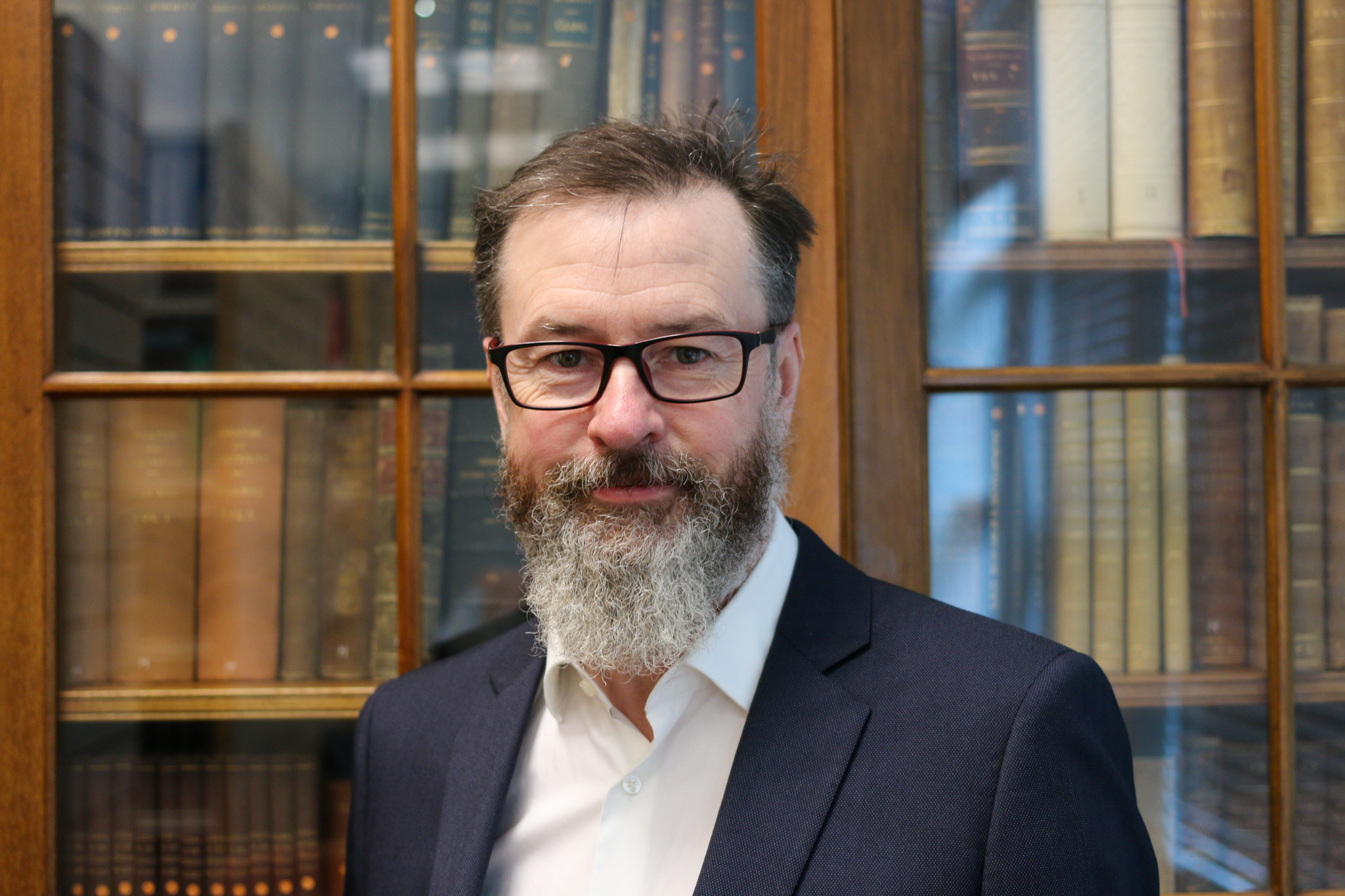
The IUVSTA Prize for Technology (2022) was awarded to Prof. Ian Gilmore for pioneering advances in vacuum instrumentation enabling innovative multidisciplinary research and development.
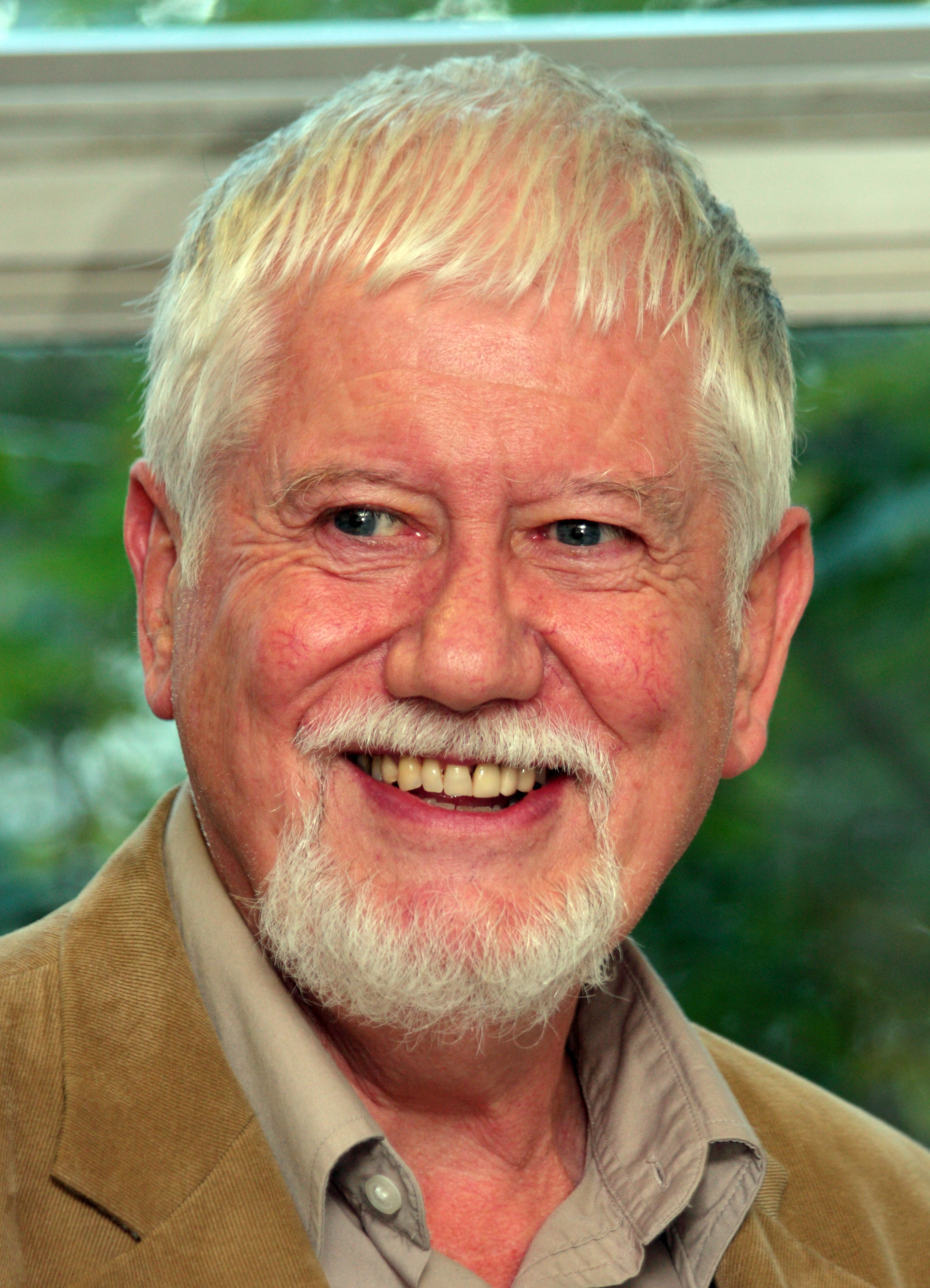
The IUVSTA Prize in Science (2019) was awarded to Professor David Phillip Woodruff for Outstanding contributions to deepening our understanding of the structure of surface through the development and application of broadly applicable tools now widely available to the surface science community.
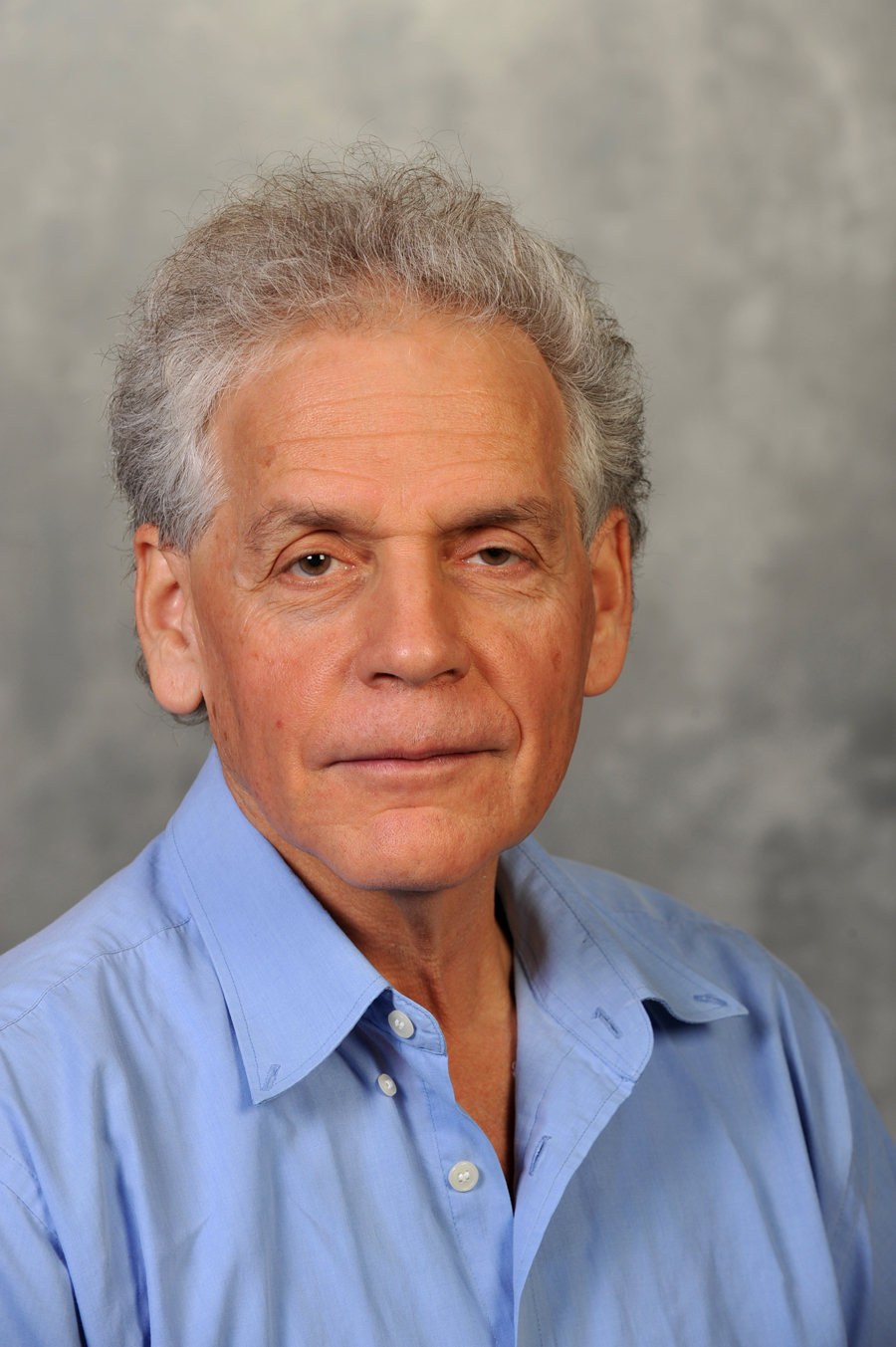
The IUVSTA Prize for Technology (2019) was awarded to Professor Reshef Tenne for the discovery, synthesis, and characterization, of novel closed inorganic nanostructures, and enabling their implementation in tribological and mechanical technologies.
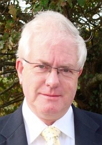
The IUVSTA Prize in Science (2016) was awarded to Professor Jean-Marie Dubois for his outstanding contributions to the field of metallic glasses, quasicrystals and complex metallic alloys, in both fundamental and applied research aspects.
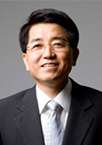
The IUVSTA Prize for Technology (2016) was awarded to Professor Taeghwan Hyeon for outstanding contributions in the scalable production of uniformly sized nanoparticles with precisely controlled compositions and dimensions as well as pioneering research in the design of metal oxide nanoparticles for medical applications.

The IUVSTA Prize in Science (2013) was awarded to Dr. Lars Samuelson (bio). “For his groundbreaking and continuing scientific work on the mechanisms underlying epitaxial nanowire growth, enabling the bottom-up realization of radically new types of highly controlled nanostructures, as well as for the development of broad and important applications of nanowires in electronics, optoelectronics and life sciences.”
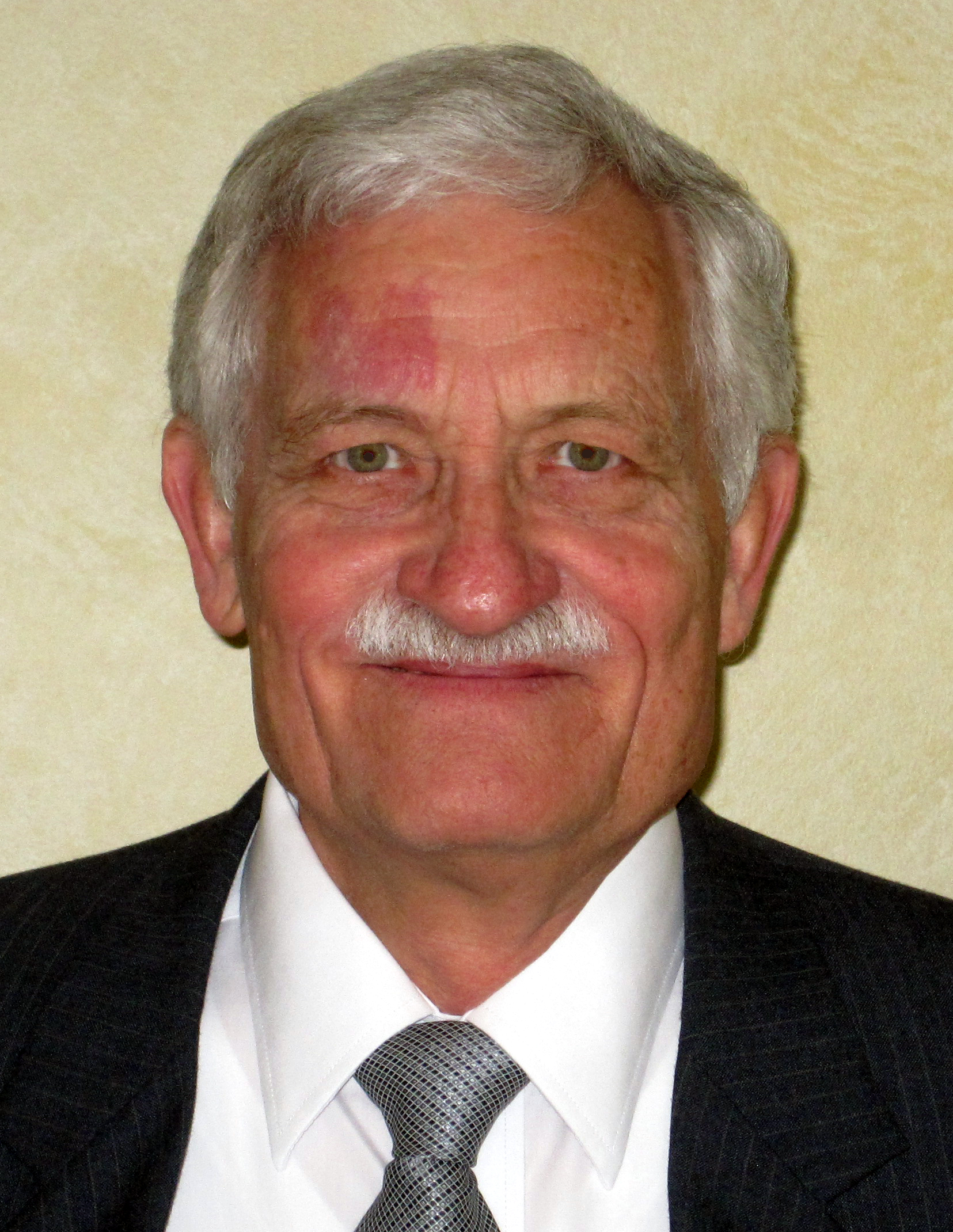
The IUVSTA Prize for Technology (2013) was awarded to Dr. John T Grant (bio). “For outstanding achievements in technology and technique development in Auger Electron Spectroscopy and X-Ray Photoelectron Spectroscopy, enabling their application to many practical technological problems.”
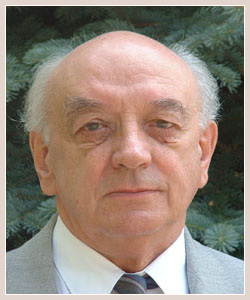
The IUVSTA Prize in Science (2010) was awarded to Dr. Péter B. Barna “For his outstanding results in understanding thin film growth phenomena and structure- property relations in one and multiphase thin films.”
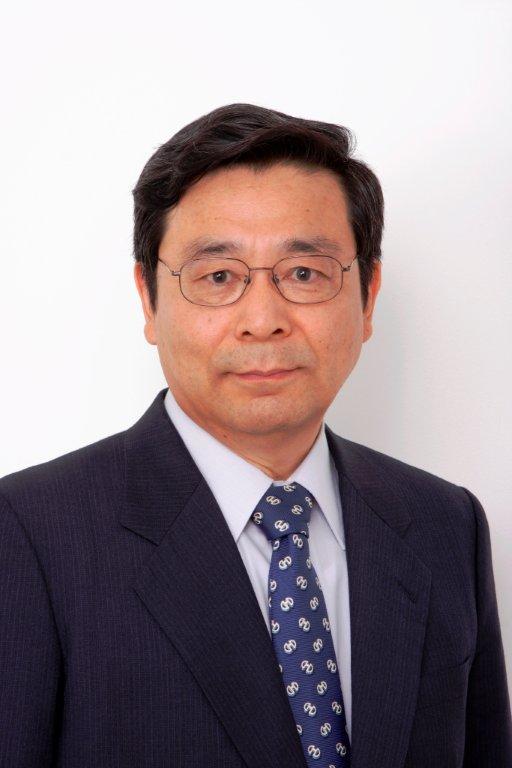
The IUVSTA Prize for Technology (2010) was awarded to Professor Seizo Morita of Osaka University “For his out standing contributions to the development of room temperature atom identification and manipulation using atomic force microscopy”
The IUVSTA Prize in Science (2007) was awarded to Prof. Albert L. Fert of University of Paris Sud, for his discovery of the giant magnetoresistance effect and seminal research on spintronics.
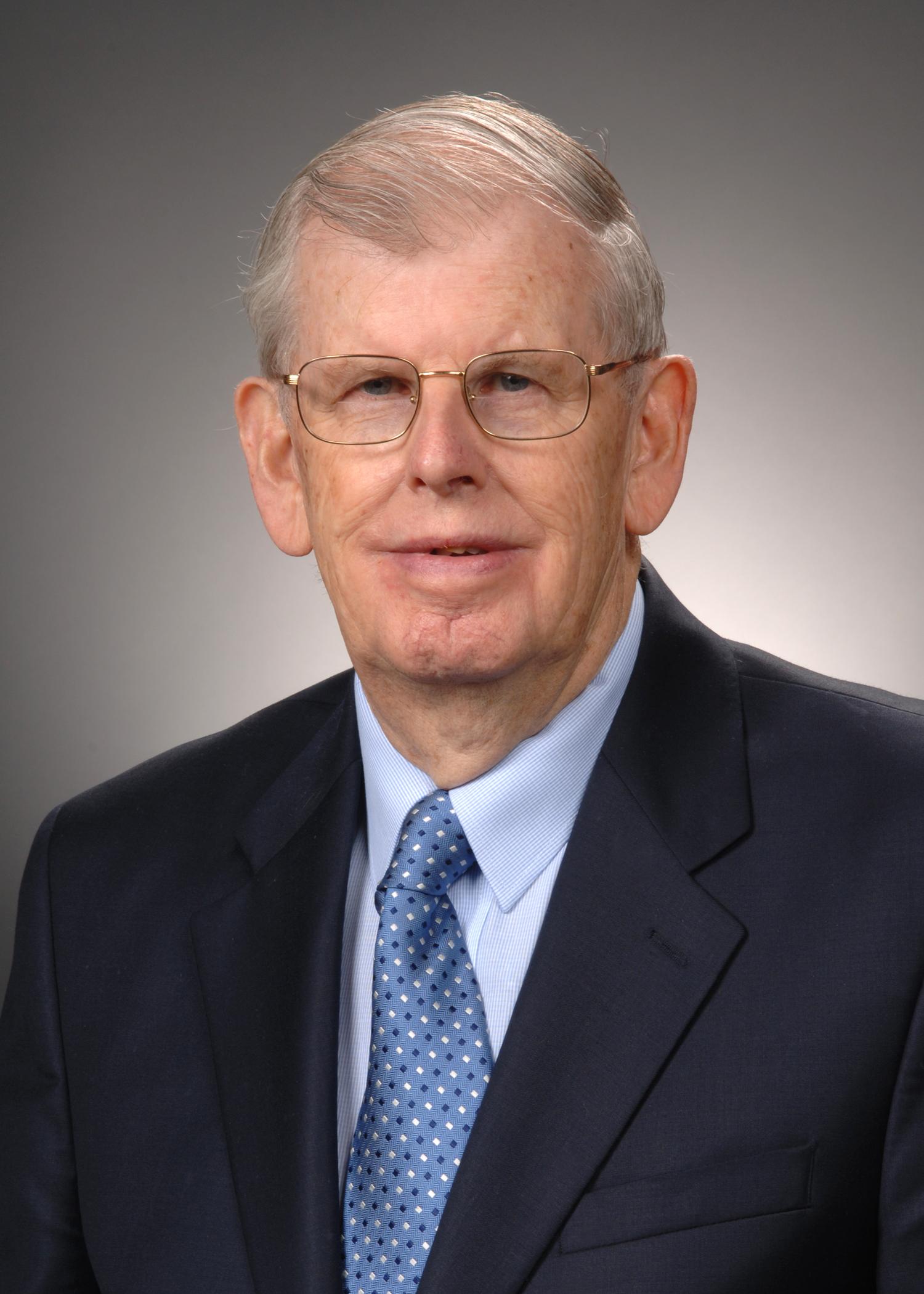
The IUVSTA Prize for Technology (2007) was awarded to Dr. Cedric J. Powell of National Institute for Standards and Technology, U.S.A., in recognition of his establishment of quantitative basis for electron scattering in solids, especially for surface analysis, as the result of his research and international leadership.
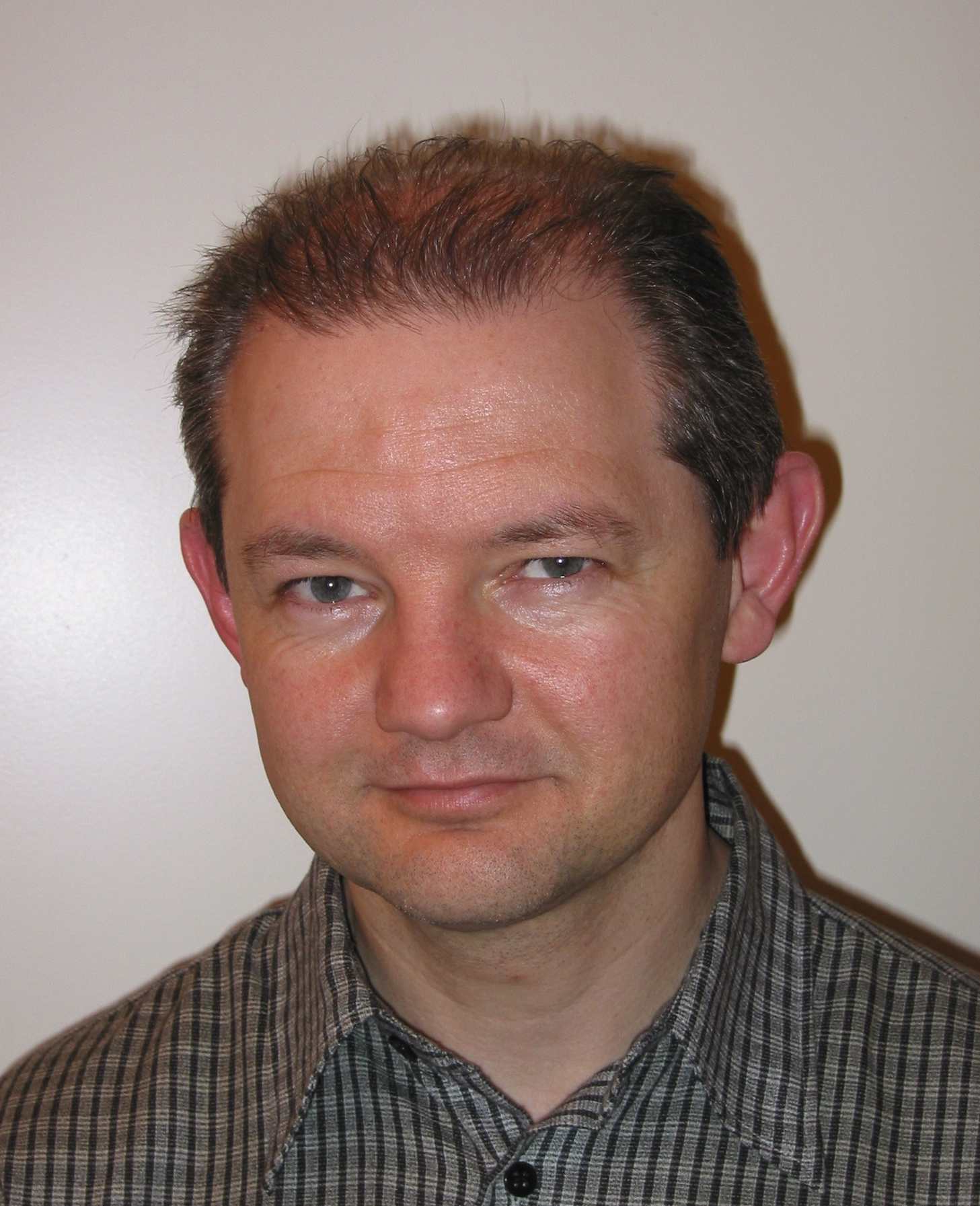
The IUVSTA Prize in Science was awarded to Prof. Joost W. M. Frenken of Leiden University, for his pioneering work in the development and application of scanning probe microscopy to study various dynamical processes at surfaces.
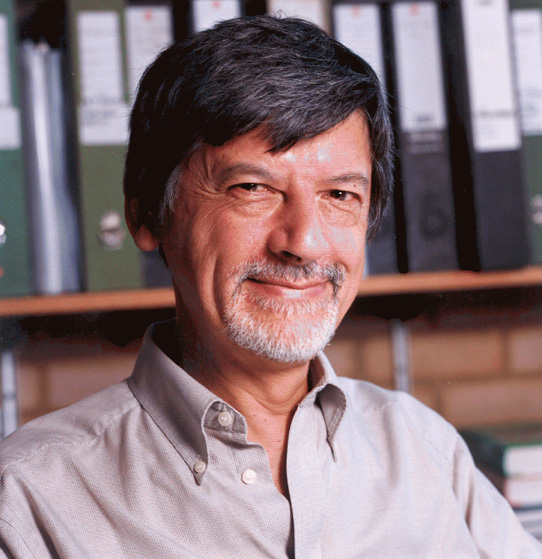
The IUVSTA Prize in Technology was awarded to Dr. Martin P. Seah, of the National Physical Laboratory, U.K., for his contribution to the science, technology and application of surface chemical analysis.
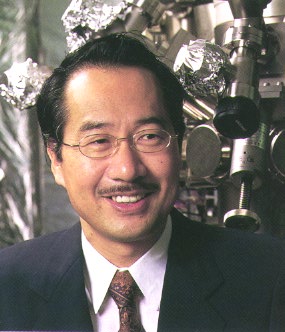
The IUVSTA Prize in Science was awarded to Professor Kunio Takayanagi of the Tokyo Institute of Technology, for his accomplishments in the structural determination and characterisation of surfaces and nano-wires at the atomic level, through the development of unique ultra-high vacuum transmission electron microscopy and diffraction techniques.
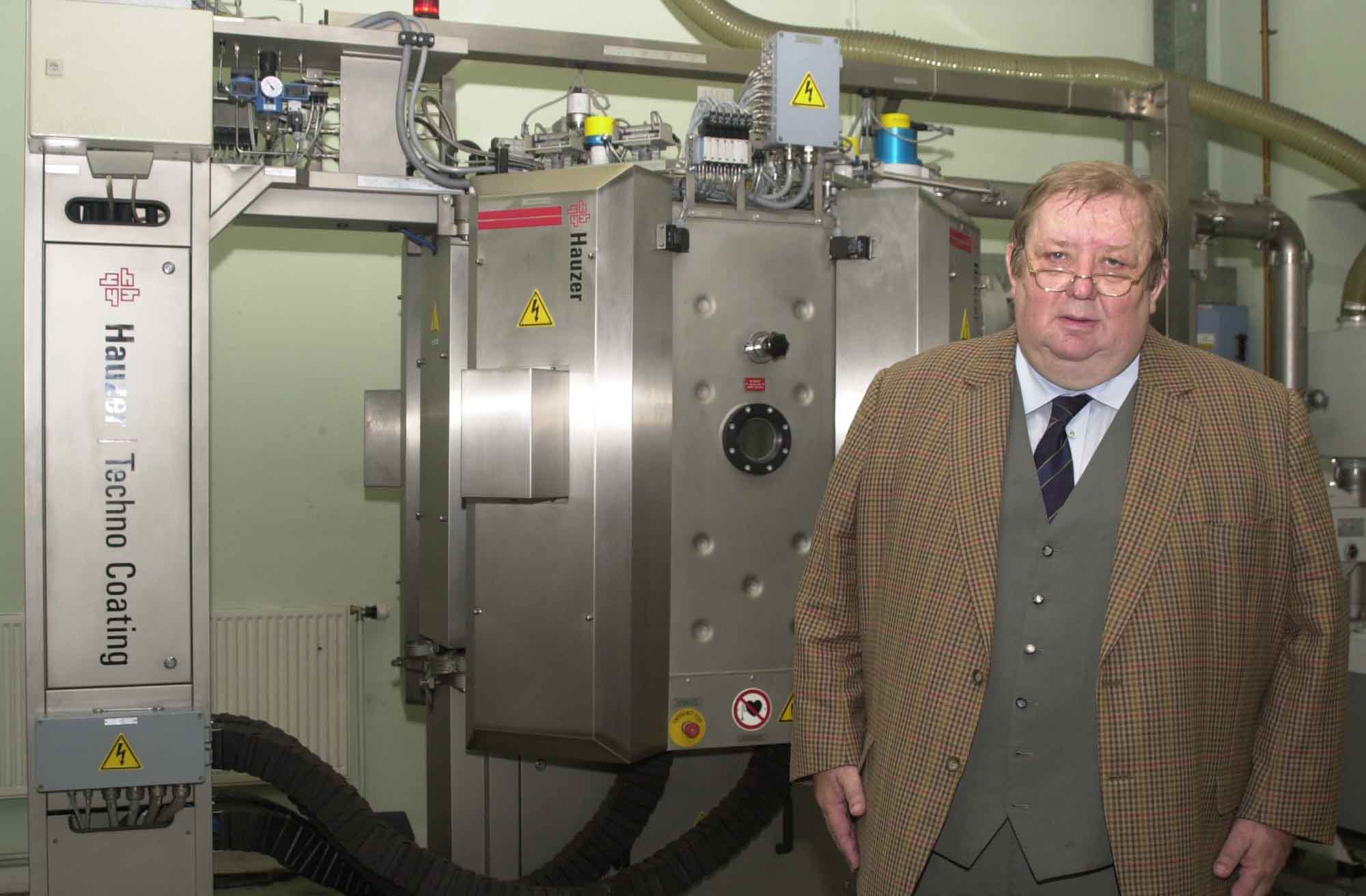
The IUVSTA Prize in Technology was awarded to Professor Wolf-Dieter Münz, Professor of Surface Engineering at the Materials Research Institute of Sheffield Hallam University, for pioneering advances in vacuum based technology of material coatings which impact a wide range of products used worldwide today. The scope of these products ranges from hard coatings to increase the lifetime of machine tools, to mass production of decorative finishes on various materials such as metals, plastics and ceramics.
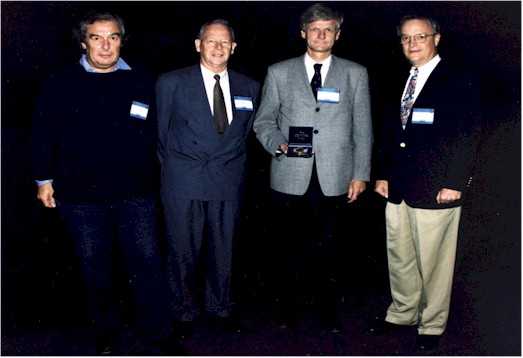
1st IUVSTA Prize Winner, J F van der Veen and (1995-1998) triennium officers
From left, Ugo Valbusa (STD chair), John Robins (President), J Friso van der Veen 1st Award Winner) and T D Madey (Past President).
Professor J. F. van der Veen waschosen as first winner of the IUVSTA Prize
The first award of the IUVSTA Prize was made to Professor Johannes Friso van der Veen of the University of Amsterdam for his pioneering investigations of surface and interface structure, disordering and melting through the development and application of Medium Energy Ion Scattering and Surface X-ray Diffraction.
The newly-established IUVSTA Prize, which comprises a cash award and a medal, is presented to recognise outstanding internationally-acclaimed research in experimental and/or theoretical research in vacuum science, technique or applications. The Prize is endowed by generous donations from ANELVA; Balzers and Leybold Holding AG; Intevac; OMICRON Vakuumphysik GmbH; Osaka Vacuum; Physical Electronics; SAES Getters; ULVAC; TAV; Varian Associates; VAT.
Friso van der Veen was born in Utrecht in The Netherlands and received his ‘Doctorandus’ (1973) and Doctor’s (1978) degrees from the University of Utrecht, his thesis advisors being Professors F.W.Saris and J.Kistemaker at the FOM-Institute of
Atomic and Molecular Physics (AMOLF) in Amsterdam. He then spent 18 months working with Dr.D.E.Eastman at IBM Yorktown Heights in the USA before returning to the FOM-AMOLF Institute in Amsterdam, first as a staff member and later as a technical director. He moved to a position of Professor of Experimental Physics at the Van der Waals-Zeeman Institute of the University of Amsterdam in 1997.
His early work centred on the development and application of the novel method of medium energy ion scattering (MEIS) with Frans Saris at the AMOLF Institute for the determination of the geometrical structure of surfaces, and synchrotron
radiation-based photoemission characterisation of electronic structure first in collaboration with Dean Eastman using the Tantalus facility in Madison, Wisconsin, and then ACO in Orsay, France with Poul Larsen. More recently he has become
involved in the development and exploitation of surface X-ray diffraction, first at the Daresbury SRS facility in the UK and most recently at the European Synchrotron Radiation Facility (ESRF) in Grenoble, France. Apart from the novel techniques
themselves, pioneering structural studies included those of surface disordering and surface melting, in situ MBE growth studies and properties of solid-liquid interfaces.
His professional activities have included a term as the President of the Netherlands Vacuum Society, general chairmanship of the 12th International Vacuum Congress of IUVSTA in The Hague in 1992, and Chairmanship of the Science Advisory Committee
(SAC) of the ESRF.
The IUVSTA Prize was presented to Professor van der Veen at the International Vacuum Congress in Birmingham, England, 31 August – 4 September 1998.

